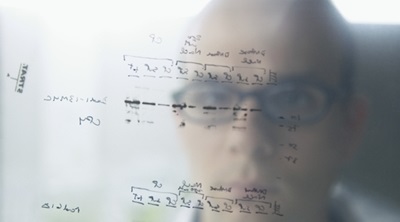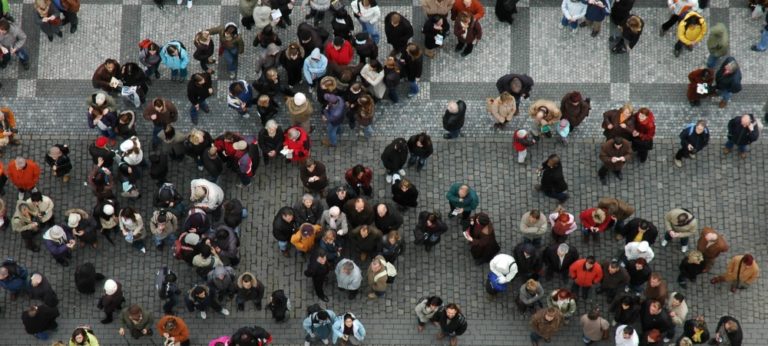By Suzette Norris
This week, Xerox scientists will conduct a computer vision experiment at a conference about computer vision. Using a trivia-style game, the research team will collect data on the facial expressions of their own colleagues in the field.
“Who better to help out with data collection than fellow researchers,” said Jayant Kumar, a postdoctoral researcher at PARC, a Xerox Company, who works at the Webster, NY site. “We see this as a two-for-one opportunity because we get to present our work and do our work at the same time.”

The annual IEEE Computer Vision/Pattern Recognition Conference held June 23-28 in Columbus, Ohio, draws top scientists worldwide working on ways to advance Computer Vision, a field that empowers machines to “see” and make sense of the world, augmenting and often exceeding human capabilities.
While the conference attracts the best academics producing fundamental theoretical and conceptual advances in the field, there is also an increasing focus on how computer vision can be used to produce practical applications and tangible business impact across a variety of domains, such as transportation, healthcare, retail, entertainment, security, and education. (Florent Perronnin, a principal scientist from the Xerox Research Centre Europe, is giving a tutorial on large-scale visual recognition to his fellow conferees.)
The game, created by our researchers, is played on a tablet. The player is presented with a board of questions from different categories in computer vision trivia, and at varying levels of difficulty. Harder questions earn higher scores. The player answers as many questions as possible within an allotted time. Players with the two highest scores for the day win a prize. While the game is being played, a video of the player’s face is being recorded by the front-camera on the tablet, all with their permission, of course. Facial expressions corresponding to each question-answer segment are then derived. The data gathered from this game-cum-experiment can be used to understand how facial expressions relate to the mental state (such as engaged, bored, frustrated, stressed, or confused) of a person during a learning or problem solving task.
What do the players learn from the game? Who cares? Hopefully the players get an entertaining challenge, while Xerox researchers get lots of great data.
Suzette Norris, a communications consultant for Xerox, is a wordsmith who appreciates the ever-increasing need for clear, concise communication. She serves as the corporate editor for Xerox’s Global PR team, and works as an internal communications resource for Xerox Innovation Group.




The game has drawn a good audience to the Xerox exhibit at CVPR. 80 participants to date. High score so far is 2300 (out of 4000)…quite impressive given the 2 minute time constraint to try and clear a board of 16 trivia questions… We are getting some interesting facial expressions, especially near the end when a 15 second timer begins a countdown and the current high score shows up on the screen…added pressure!